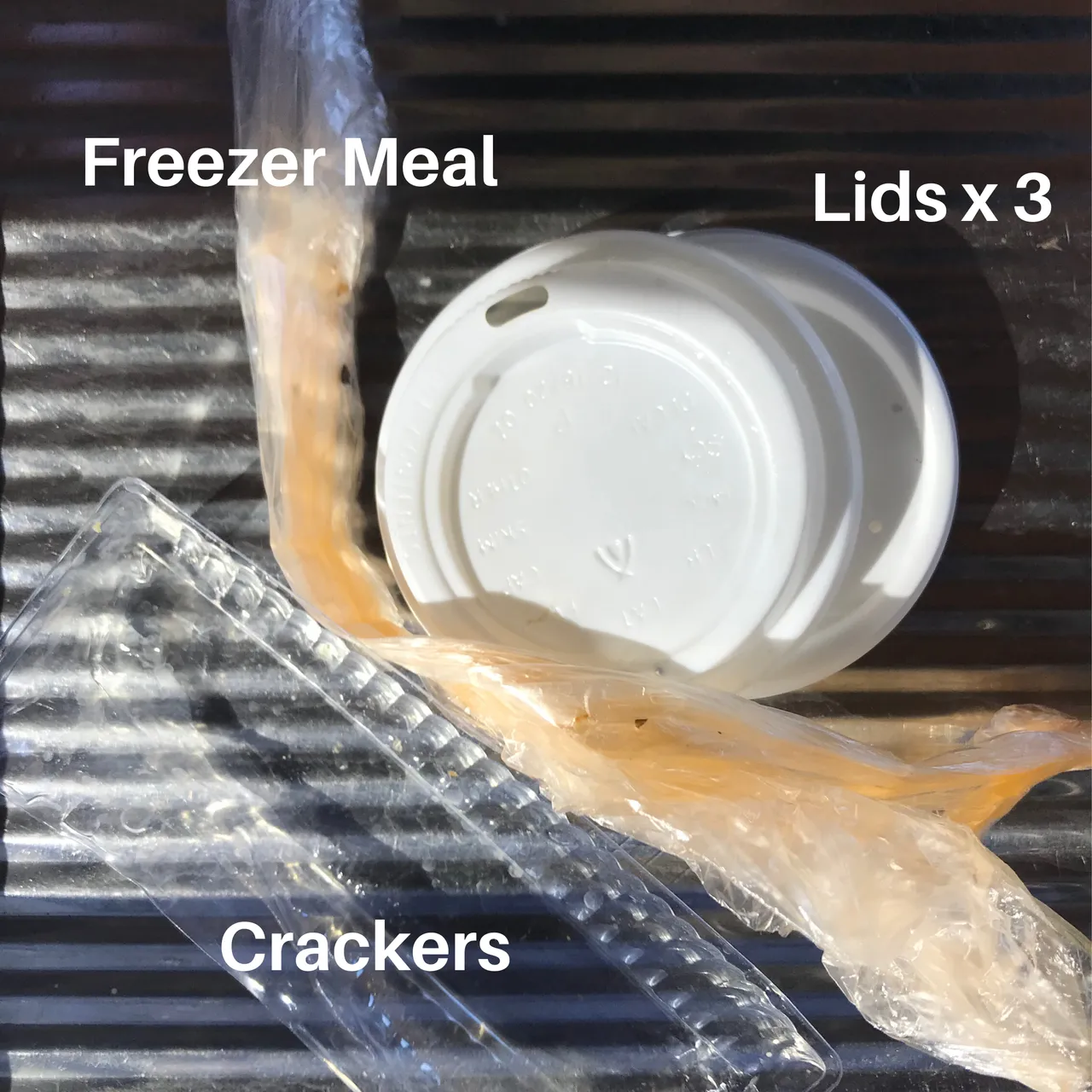Week two of Plastic Aware July has, on the surface, been pretty successful. Only a few pieces of plastic have been thrown away or purchased.
The coffee cup lids were annoying but the cafe refused our reusable cups and with restrictions on tables there was a long wait and we had sight seeing to do. The plastic bag was a gifted freezer meal. The other plastic was for crackers we brought from home.
But at a deeper level I realise I’m still eating a lot of food that arrived from the supermarket in plastic. As I mentioned in my previous post breakfast is the most plastic laden.
Oats in particular were a target for me as I eat them every weekday and we buy them in plastic.
In the supermarket the boxed options have an inner plastic, double packaged. If you haven’t heard of the highly technical squish test, pick up the box, give it a gentle squeeze and listen for the sound of plastic moving.
Alternatives for my breakfast of choice
| Item | Plastic Packed | Bulk non-organic |
|---|---|---|
| Rolled Oats | $1.80/kilo | $4.90/kilo |
| Currants | $9.33/kilo | $15.50/kilo |
| Almonds | $22.50/kilo | $22/kilo |
| Sunflower Seeds | $8/kilo | $8/kilo |
So I could actually save a little bit if I bought the nuts and seeds from the bulk store. Certainly happy to do that. Normally I’d have raisins not currants but there wasn’t a comparable non-organic price.
Costing this out with a typical serve of oats at 40g plus 10g each of currants, almonds and seeds.
$0.47 per breakfast with plastic
$0.65 per breakfast without plastic
Over the year with 5 days a week for 45 weeks (some days I eat toast!)
$105.75 per breakfast with plastic
$146.25 per breakfast without plastic
When you first compare the prices of oats $4.90 to $1.80 it seems like it would add up to be a lot more. Am I willing to pay $40 a year to avoid plastic? Am I willing to travel an additional 2.4km to the closest bulk food shop. Potentially.
Each time I do more research I end up with more questions.
Should I buy in bulk?
Presuming I could find oats (or pasta or noodles etc) in bulk quantities but still in plastic, do larger packets actually use less plastic?
What about local food?
What is better for the environment, oats grown and packed in Australia but sold in plastic or bulk oats imported from who knows where. This isn’t the above comparison for oats but maybe for other products.
This ‘food miles’ is one side effect I’m noticing of Plastic Aware July. We were cooking a small meal for family and wanted to make a quick and easy dessert. Normally we’d buy berries and whip something up. But berries are all packed in plastic. We had to choose between Australian figs at $2 per fig or American plums at $16 a kilo. The difference in value between eight figs or a kilo of plums is huge.
Would it have been better for the planet for us to purchase local fruit in plastic than plums flown thousands of miles?
